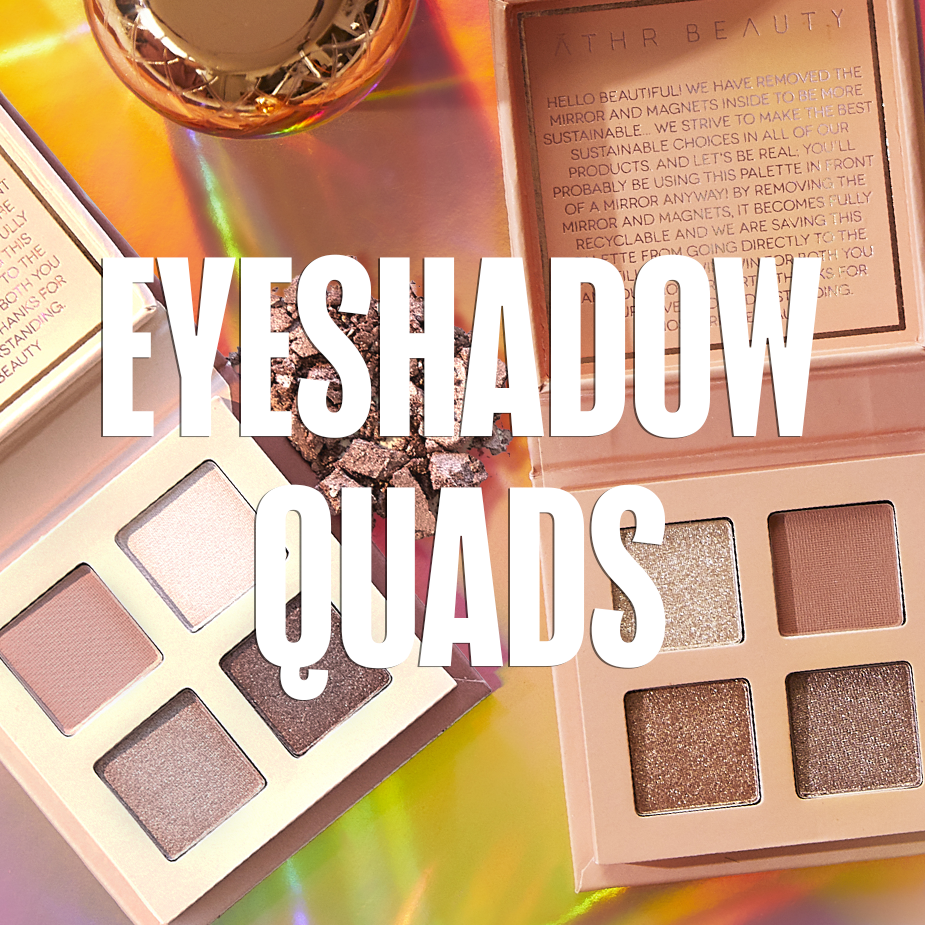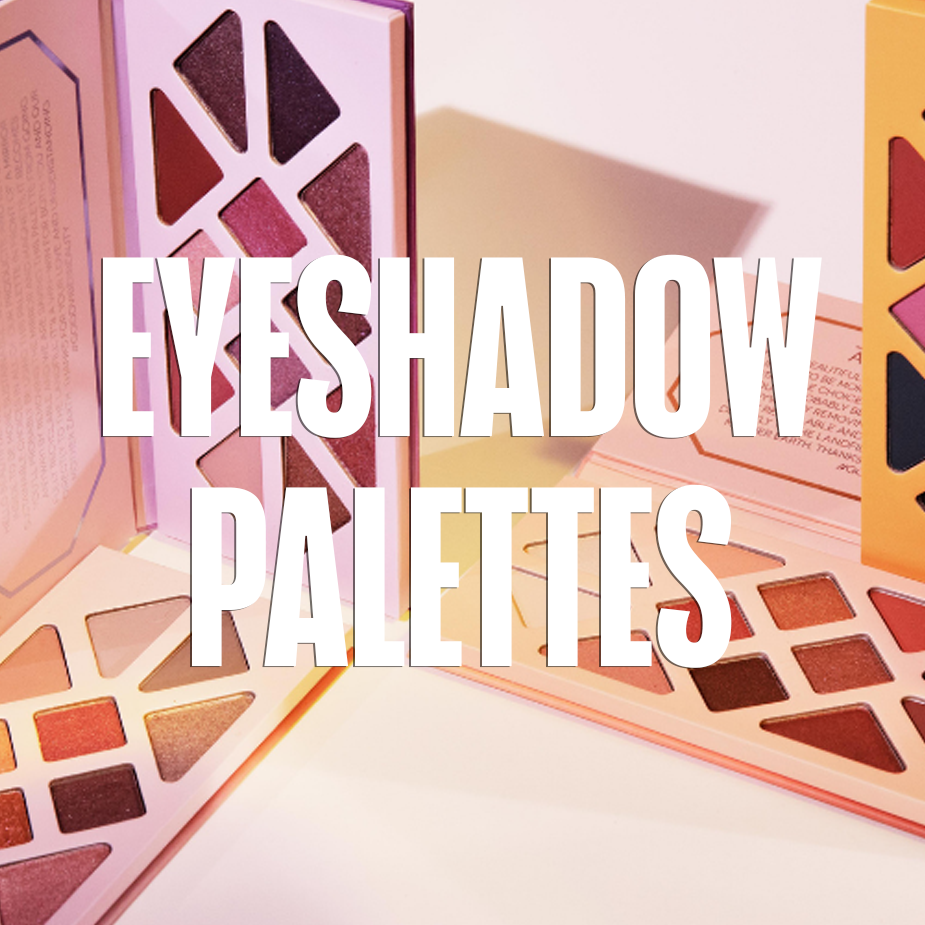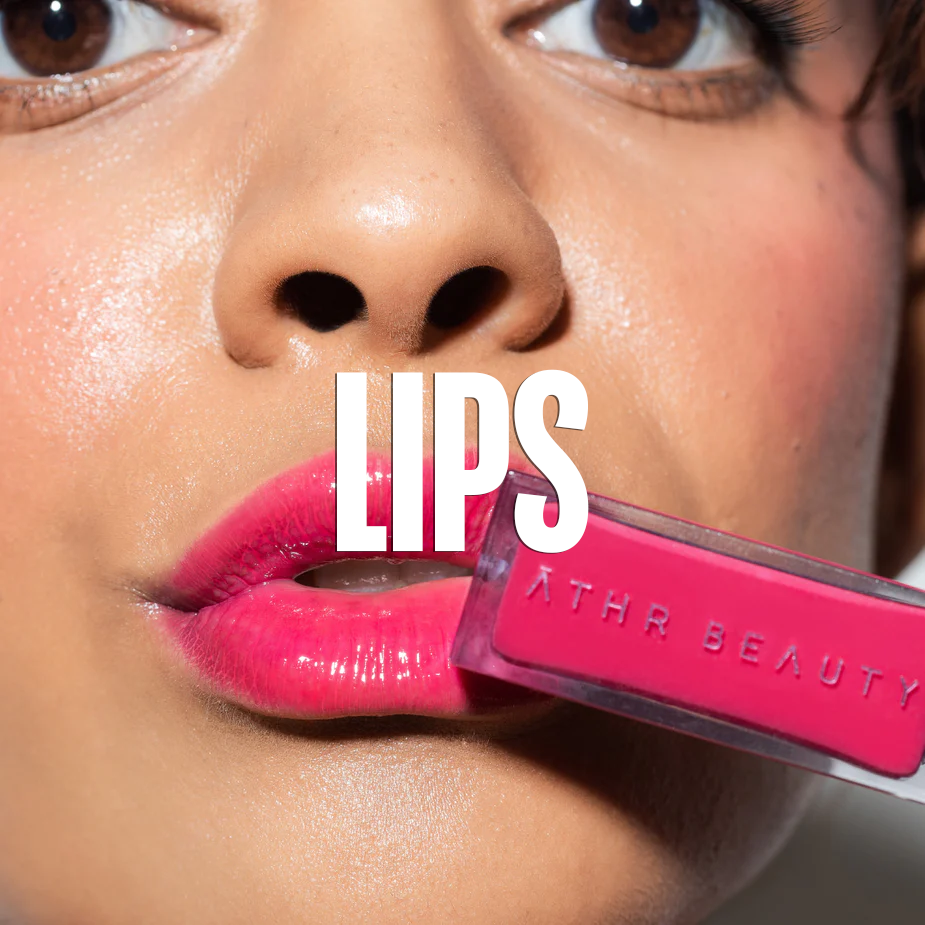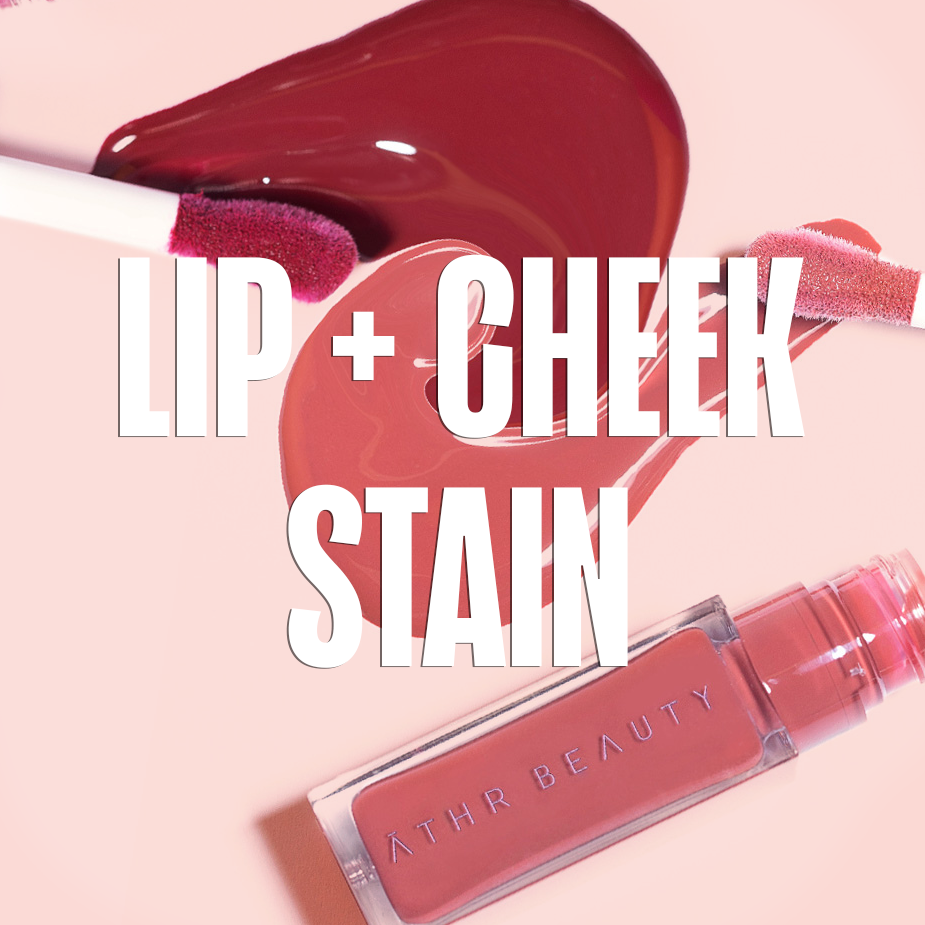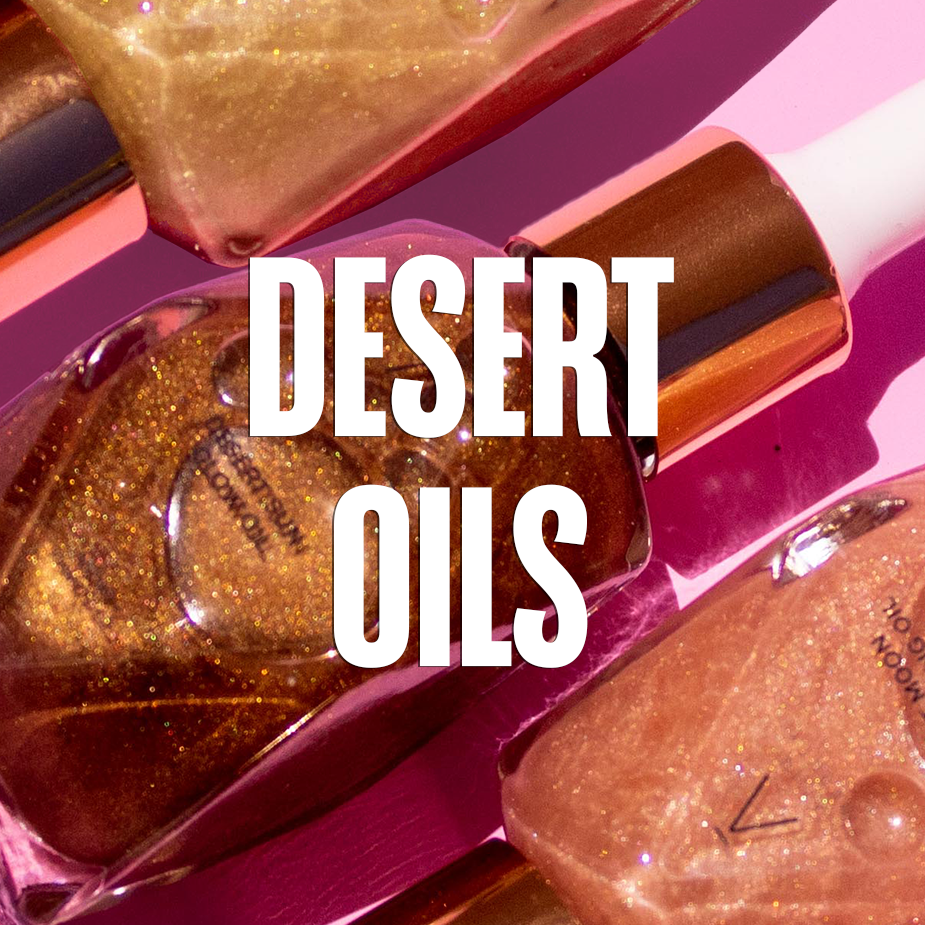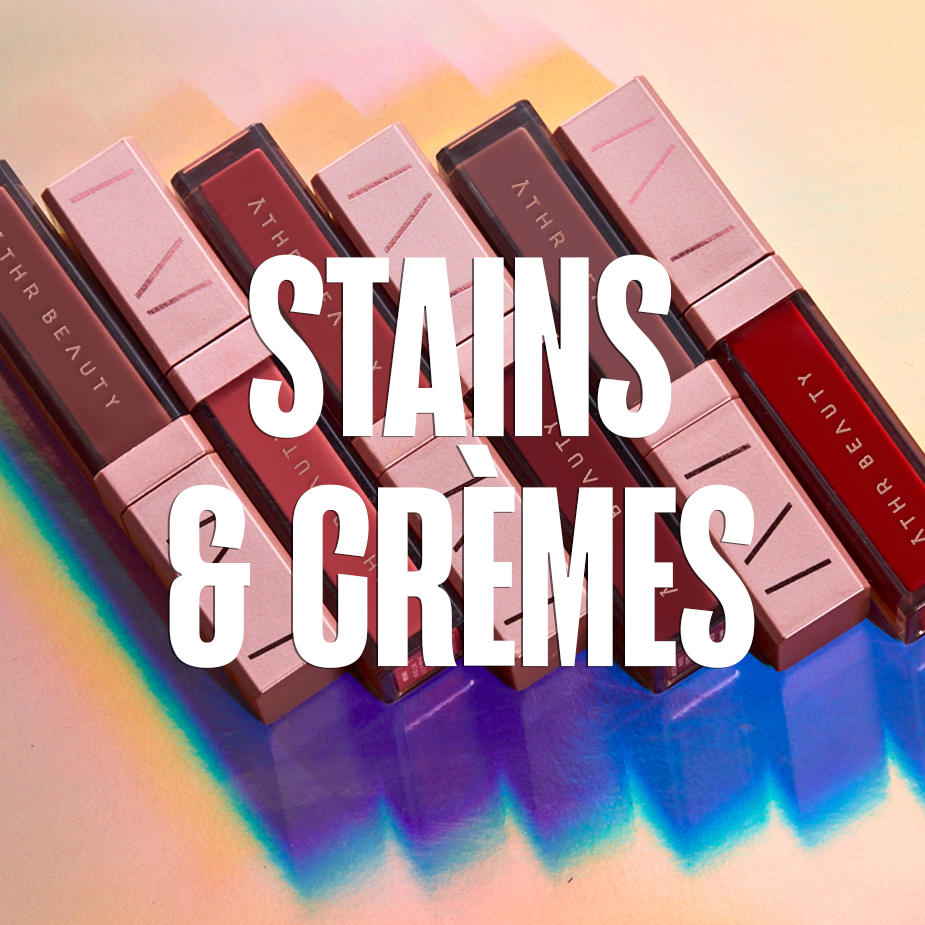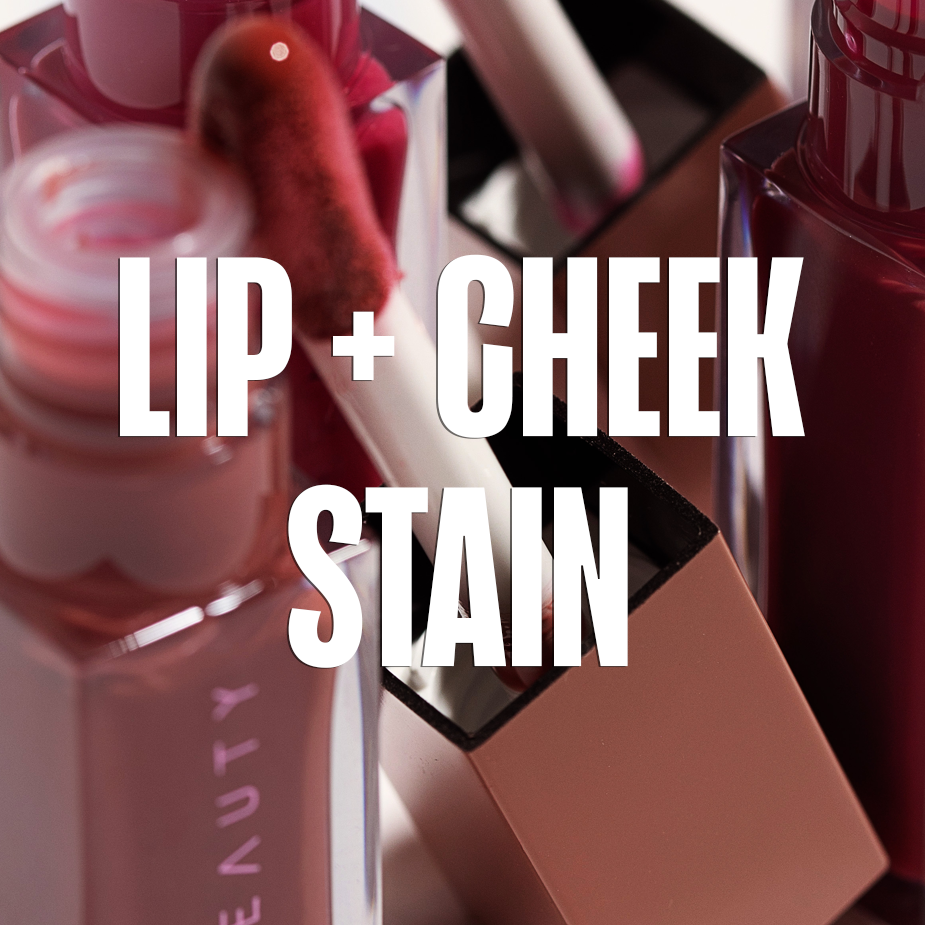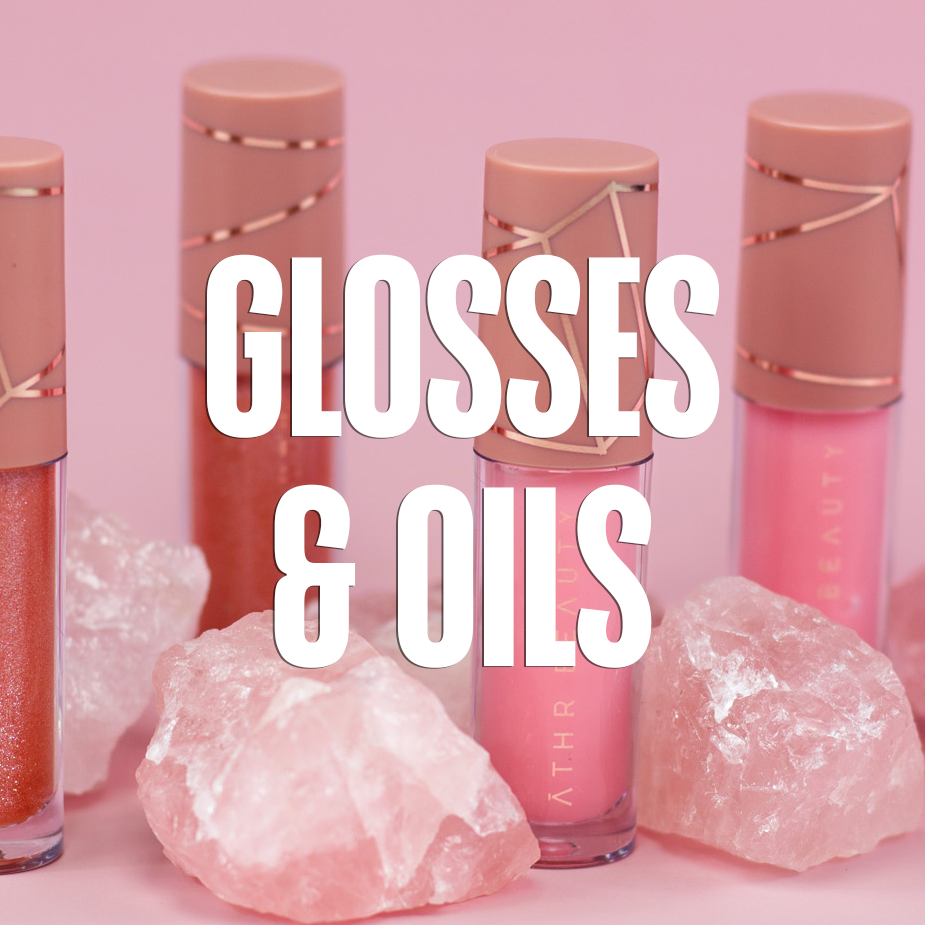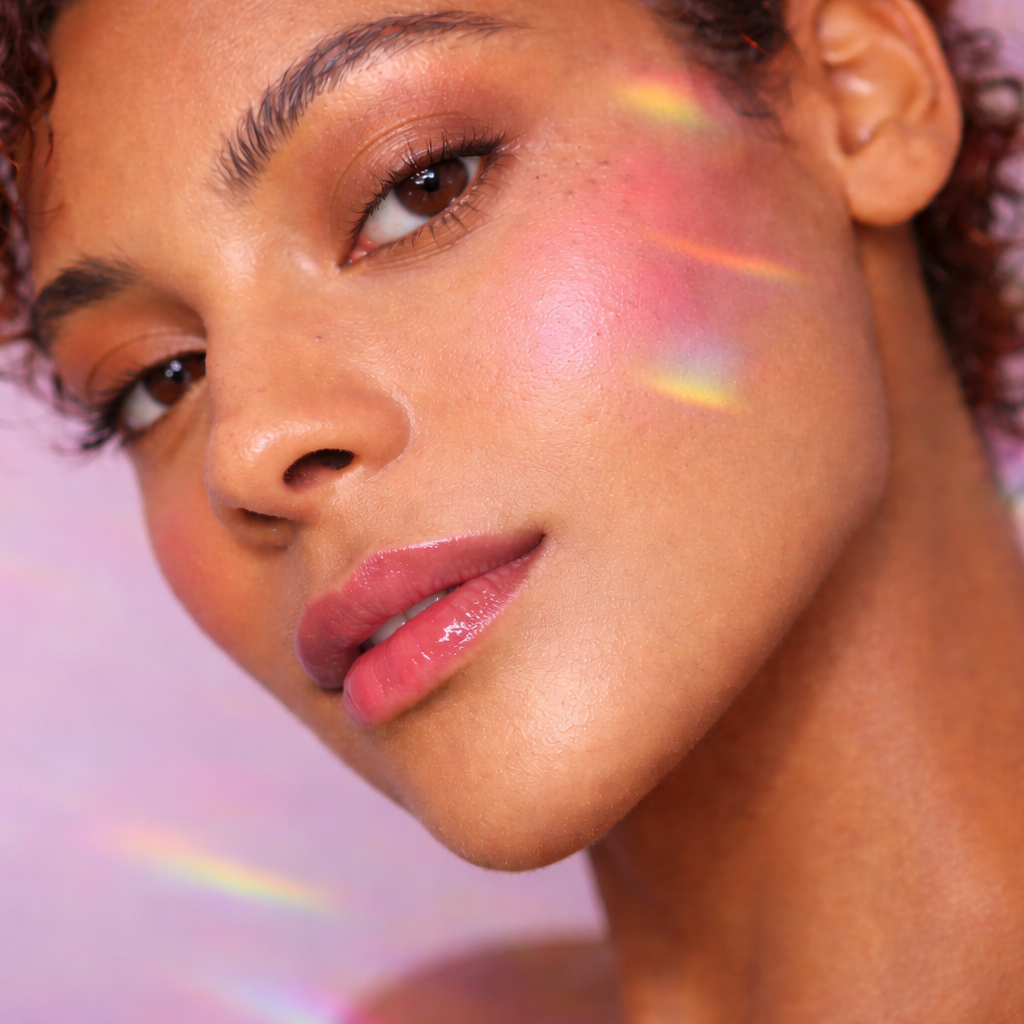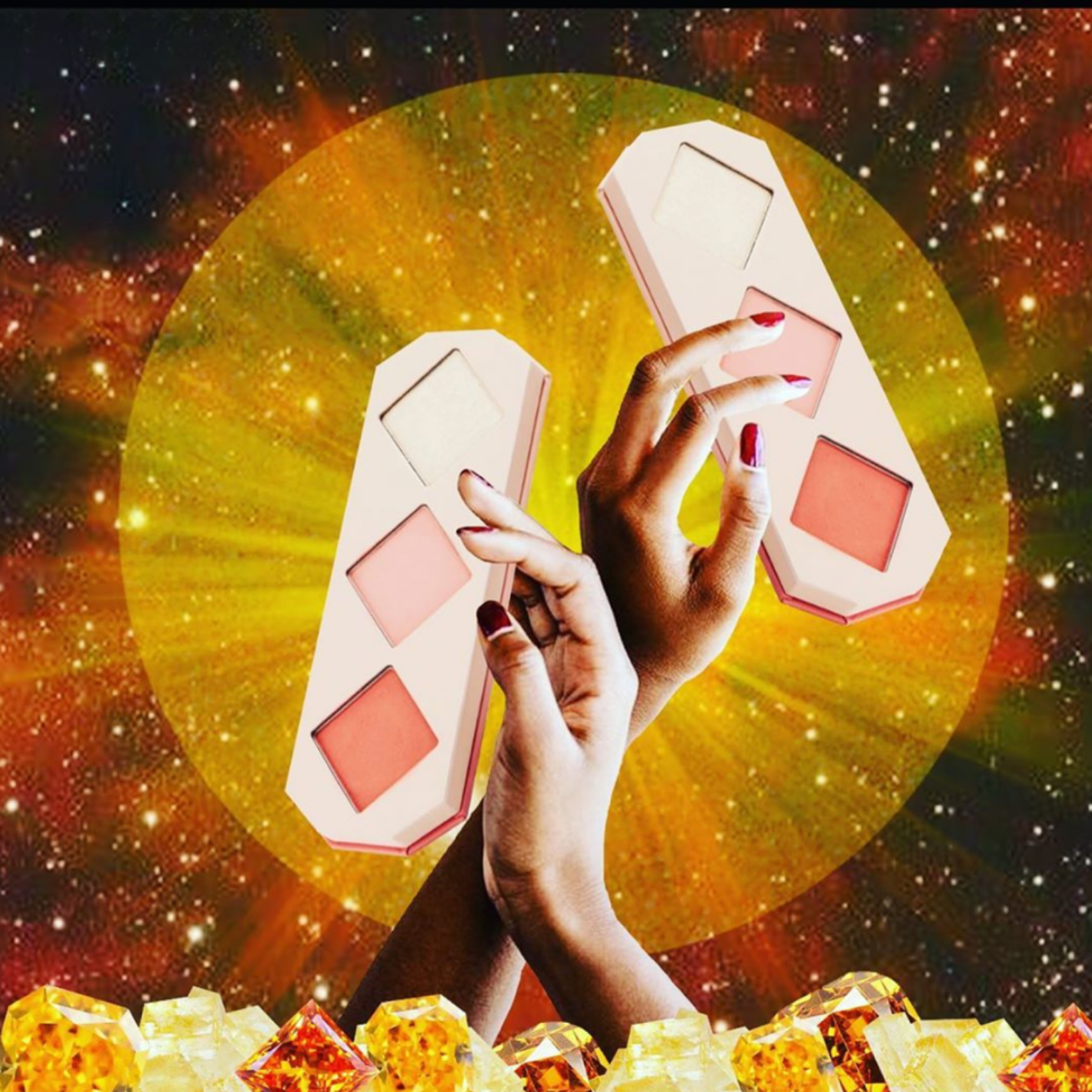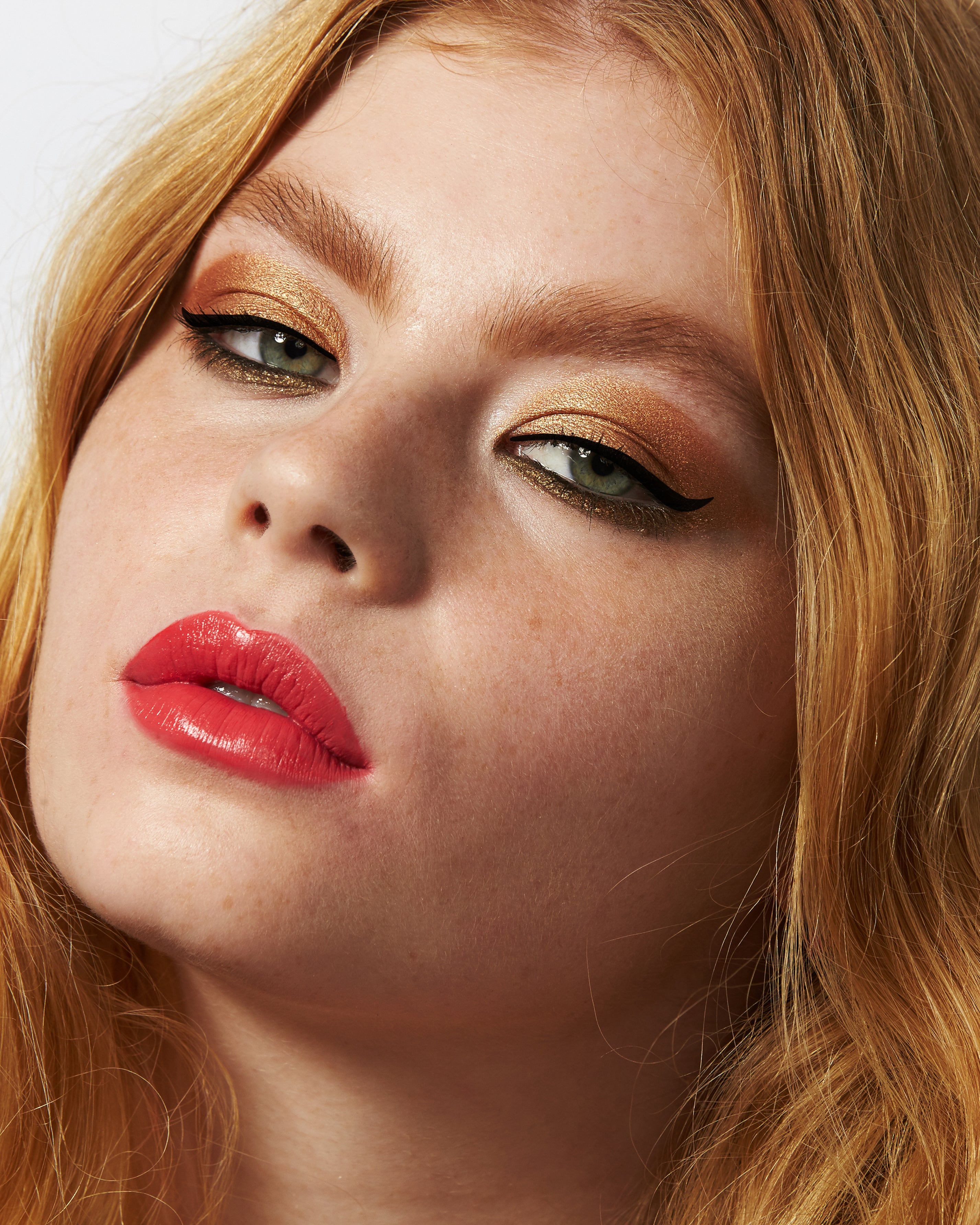Natural is good, synthetics are evil. Sound familiar? While we are all about non-toxic, organic, sustainable clean beauty, sometimes natural is not the best option. Keep reading for:
- Synthetic Vs Natural: What Do These Terms Even Mean?
- Does Natural = Non-Toxic?
- The Synthetics We Use And Why - Our Vetting Process.
First, let's talk about what 'natural' and 'synthetic' even mean.
Natural
An ingredient derived from nature. Many natural ingredients do require some processing in a lab, but to be considered natural, minimal processing is key. Animal-derived ingredients are also considered natural since they come from nature and are not created in a lab. Keep in mind, the word 'natural' is not regulated, so any product can make this claim whether it's true or not.
Synthetic
A lab-created ingredient or a natural substance that is heavily processed. Synthetic ingredients are often identical to natural ingredients on a molecular level.
Does Natural Mean Non-Toxic?
While there are thousands (perhaps millions) of beautiful, effective, transformative ingredients found in nature, natural does not = non-toxic. Nor does natural = vegan. There are countless naturally-derived substances that are incredibly toxic, which is why our first criteria for any ingredient is not just, 'is it natural?' But also, 'is it non-toxic?' (and vegan, of course).
Toxic Natural Substances In Cosmetics
Remember the periodic table from high school? Or Senior Level Chemistry? Yeah, we tried to forget about 11th grade science too. All of those elements are naturally occurring. Does that mean they're safe for consumption or to rub on our skin? Definitely not. Read on for a few that are found in cosmetics.

Heavy Metals (Lead, Titanium, Cobalt, Chromium, Nickel, Cadmium, Aluminum, and Manganese)
All naturally occurring substances, these metals are toxic to humans at varying levels. Lead, for example, is a neurotoxin, and (according to the Center for Disease Control and Prevention), can be dangerous at even small doses and is not safe for use on humans.
Despite this knowledge, lead and other heavy metals are still found in many cosmetic products. Two recent FDA studies (in 2007 and again in 2013) found varying amounts of every heavy metal listed above in eye shadows, blushes, lipsticks, lotions, mascaras, foundations, and body/face powders. And alarmingly, eyeshadows, blushes, and powder were found to contain the most heavy-metals of all products.
Another study by The University of California tested 32 lipsticks and lip glosses and found Aluminum, Titanium, and Manganese in all products and lead in 75% of the products tested. The FDA recommended limit for lead is 10 ppm - about half of these products exceeded that amount.
Heavy metals are not usually intentionally added to a product (nor are they listed on the ingredient label). They are contaminants found in other ingredients.
Mercury (Another Heavy Metal)
A highly toxic heavy metal, the FDA has limited Mercury to 1ppm in most cosmetics, but in eye products, it's allowed at up to 65 ppm. Think eyeshadow, eye cream, eyeliner, mascara, or really any product that goes near your eye. Despite these regulations, certain skincare products in 2018 were found to have 30,000 ppm of mercury.
The FDA doesn't have the resources to regulate the industry, so compliance is voluntary. They will only take action if a blatant violation is brought to their attention.
Arsenic (Heavy Metal)
A deadly toxin, the FDA has set a limit of 3 ppm for arsenic in cosmetics. This limit is voluntary however, and brands would have to regularly test their products for contamination to know where they're at. Trace amounts of arsenic were found in some of the beauty products in the 2013 FDA survey.
Are these limits helpful? The limits are set based on a per-application basis. What the limits don't consider is the cumulative exposure to countless products throughout a lifetime. Also, the limits are recommendations, not requirements. Brands are not even required to test their heavy metal levels.
How can brands prevent heavy metal contamination?
They could test their raw materials to ensure they are not contaminated with lead or other heavy metals. So why don't they? It's not legally required and it's very expensive. Some brands will test a sample from each formula rather than testing all the shades/products. The problem is, that sample might not represent the whole batch. The other option is to choose synthetic versions of select ingredients to ensure purity. More on this below.
Formaldehyde
Composed of carbon, hydrogen and oxygen, formaldehyde is formed as a result of burning methane and is used mainly as a preservative. Despite its status as a known human carcinogen, it is still found in many cosmetics and personal care products.
Our Ingredient Standards
ĀTHR Beauty is a sustainable clean beauty brand. That means each ingredient is vetted to ensure it's clean and nontoxic but also sustainable in practices. We use organic and fair-trade ingredients wherever possible. And, we follow the European guidelines for ingredients. This means we don't use any of the 1,300 EU banned chemicals versus the only 11 banned chemicals in the United States.

Natural vs Synthetic: Our Vetting Process
As a clean beauty brand, we honor this planet we call home. We use natural ingredients wherever possible because we know their transformative power. We do, however, use select synthetics if we can't find a natural ingredient to meet ALL the following requirements:
Non-Toxic
As you've seen above, not all natural ingredients are non-toxic. This is our #1 priority - it must be safe for use today and over time. If we can't find a natural ingredient that is safe (and free of contamination), we will look to a safe synthetic version.
Effectiveness (color payoff, longevity, blendability, vibrancy)
Our formulas are designed to perform. Generally, natural ingredients are incredibly effective and powerful, but if we can't find a natural ingredient to create the effect we're looking for, we look to safe and non-toxic synthetics.
Ethically + Sustainably Sourced
Another non-negotiable at ĀTHR Beauty: we will not use any ingredient that is unethical or unsustainable in any stage of its sourcing or processing.
Vegan + Cruelty-Free
If the choice were between a safe synthetic ingredient or an animal-based ingredient, we would choose vegan + cruelty-free always and forever. Don't forget, animal products are still considered natural. Read our recent blog on Non-Vegan Ingredients In Most Eyeshadows for more on this.
Synthetics That We Use Instead Of Natural
Mica (Synthetic Fluorphlogopite)
Mica is used as a color additive in cosmetics – it has reflective properties and creates a shimmery appearance. We use a combination of natural mica and synthetic mica.

Why We Choose Synthetic Mica
- The rampant child-labor trade in mica mining. We will not use any ingredient or supplier that is involved in human rights violations or unsustainable practices. When we can vet the supplier and ensure that these conditions are being met, we use natural mica.
- Possible heavy metal contamination. Synthetic mica is even more expensive than natural mica, but it has no risk of contamination. Natural mica can contain manganese, aluminum, and lead.
- Synthetic mica and natural mica have very different colors. The combination helps us create our unique, multifaceted shades.
Iron Oxides
Iron oxides are colorants used in cosmetic products. Again, we choose synthetic in this case to ensure 100% purity. Natural Iron oxides often contain heavy metals which we do not take chances with. The synthetic version also creates purer hues and more consistent color tints.
Titanium Dioxide
Titanium dioxide is a mineral found in the earth's crust. It's used in eye makeup as a pigment, brightener, and helps make the formula less transparent. Synthetic titanium dioxide is consistent and pure without any risk of contamination.
Tin Oxide
Tin oxide is a naturally occurring substance that is found in mineral form. It is used as a bulking agent, opacifying agent, and viscosity (thickness) controller. We chose synthetic to ensure purity.
Ethylhexyl Stearate
Ethylhexyl Stearate is an ester of 2-ethylhexyl alcohol and stearic acid. It's used as a skin conditioner in cosmetics. This ingredient gives our powder shadows a smooth feel on the skin and helps them spread easily. #OneSwipeApplication
How To Use This Information
Whew, so hopefully all that info wasn't too overwhelming! We are on the same search for beauty products that you are, and we want you to have all the information so you can make decisions that feel aligned for you.
A few guidelines we go by when purchasing beauty products that we don't make ourselves:
- Generally, a mostly natural ingredient list is best – organic is even better.
- Vegan + Cruelty-free always.
- Because it's important to us, we look for products with sustainable sourcing, production, and packaging. If it's not immediately clear on their packaging, we start digging on their website or send them an email.
- Synthetics are not all evil. We sometimes prefer them when it comes to earth elements that have a high chance of heavy metal contamination. If you're not sure, send the company a message and ask if they test their materials for contamination. Also, browse through the heavy metals survey links earlier in this blog – you may find the brand/product you're looking for there.
- Transparency. A brand with nothing to hide that is committed to creating non-toxic, quality, sustainable products will be very upfront about their practices.
Thanks for reading! If you have any questions or comments, please leave them below or send us an email anytime.
- ĀTHR Beauty xo


